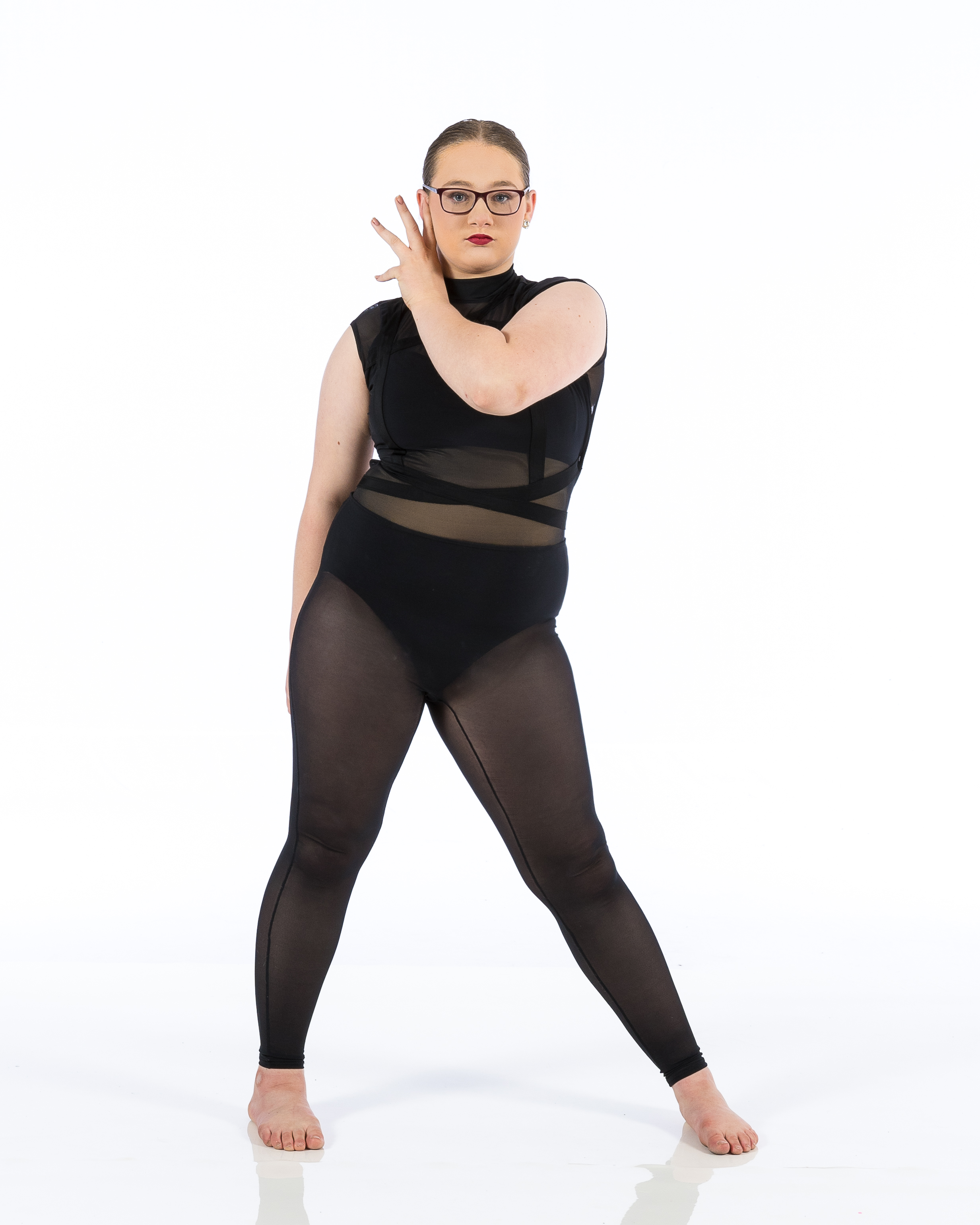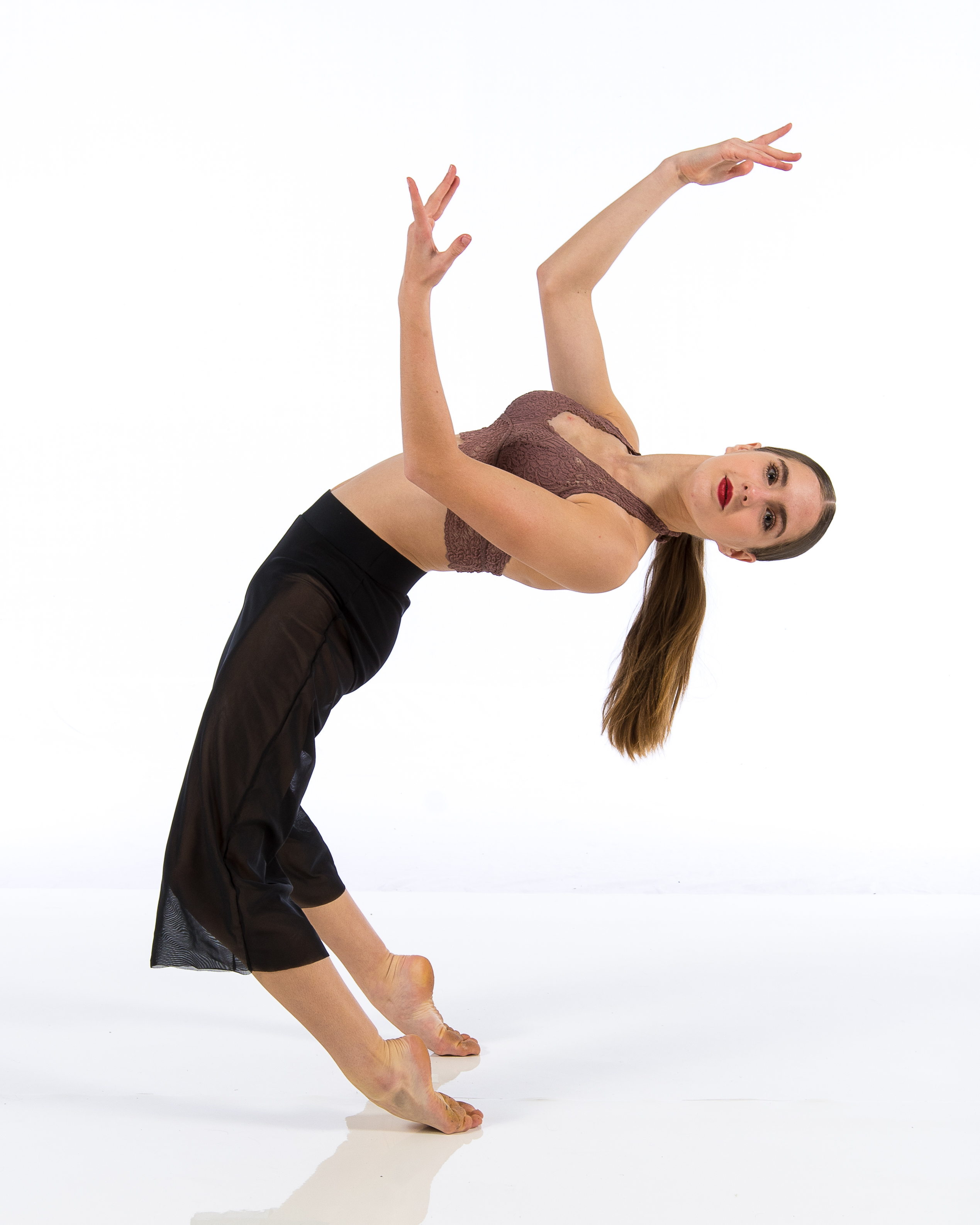Introduction
Dance is an art kind that goes beyond obstacles, unifies neighborhoods, and ruptureds with the vigor of human expression. Whether you're a budding professional dancer entering a dance studio for the very first time or an experienced performer seeking to refine your craft, recognizing dance studio rules is necessary for making sure a positive experience. This comprehensive guide titled From Novice to Specialist: Browsing Dance Studio Decorum for a Harmonious Experience will certainly take you with Dance Studio every facet of dance studio habits, giving understandings that will elevate your experience and foster more powerful relationships within the dancing community.
Understanding Dance Studio Etiquette
What is Dance Studio Etiquette?
Dance studio etiquette refers to the set of rule of thumbs and social standards that govern actions in a dance classroom setting. Much like any other artistic setting, appreciating these standards can improve not just your discovering experience however also that of your peers.
Why is Dance Studio Etiquette Important?
Adhering to appropriate etiquette helps develop an environment of respect, emphasis, and partnership. It fosters a feeling of neighborhood and permits professional dancers to support each other in their development while minimizing disturbances during class.
From Beginner to Specialist: The Importance of First Impressions
Preparing for Your Very first Class
Walking into a dance studio for the very first time can be stressful. To make a remarkable impression:

- Dress properly: Wear comfortable attire ideal for the sort of dance you're studying. Arrive early: Purpose to reach the very least 10-- 15 minutes before course starts. This offers you time to sign in, heat up, and clear up in.
Greeting Your Instructor
A friendly greeting sets the tone for your experience. Always introduce yourself if it's your extraordinary! An easy "Hi" or "Good morning" can go a lengthy means in establishing rapport.

Classroom Conduct: The Do's and Do n'tshtmlplcehlder 46end.
Do's: Favorable Behaviors
Be Respectful: Regard everyone's personal space-- specifically when practicing moves. Listen Proactively: Show attentiveness when instructors are talking; it shows you value their guidance. Support Your Peers: Encourage fellow professional dancers; positivity breeds encouragement.Don'ts: Adverse Behaviors
Avoid Disturbances: Maintain personal conversations outside the classroom. Don't Use Your Phone: Silence your phone throughout course; it's disruptive. Refrain from Interrupting: Wait until the teacher surfaces prior to asking questions.The Function of Individual Area in Dance Studios
Understanding Boundaries
Personal space varies from one person to another, specifically in a dancing setup where physical distance is commonly required throughout practice routines.
Communicating Convenience Levels
If you really feel awkward with exactly how close one more dancer is obtaining throughout partnered workouts or formations, it's critical to connect this nicely and professionally.
Maintaining Professionalism: Outfit Code and Grooming
Importance of Proper Attire
Each dance style frequently has its very own outfit code-- whether it be leotards for ballet or loose-fitting garments for hip-hop courses-- adhering to these criteria demonstrates respect for both your craft and your instructor.
Personal Health Matters
Dancing needs physical effort, which can bring about perspiration. Guarantee you preserve great hygiene by showering before class and using tidy attire.

Behavior During Class: Focusing on Learning
Engaging with Instruction
It's vital to stay concentrated during demonstrations. Rather than simply seeing, actively engage by envisioning just how you would implement each movement.
Asking Questions Appropriately
Curiosity enhances discovering! If something isn't clear, do not hesitate to ask concerns-- yet ensure they matter and postured at suitable times (preferably after instructions).
Feedback: Embracing Constructive Criticism
Accepting Responses Gracefully
Constructive criticism is part and parcel of growth in any kind of art form. Embrace comments with an open mind and avoid coming to be defensive; remember that review intends to aid improve your skills!
Offering Comments Thoughtfully
When providing feedback to peers, ensure it's positive rather than critical; concentrate on what they did well together with areas for improvement.
Creating Consistency Through Teamwork
The Importance of Team Spirit
In lots of dance designs, team effort plays a critical role; establishing camaraderie with fellow dancers leads to improved performances.
Collaborating During Group Exercises
When involved in team tasks or choreography methods, motivate creative thinking by respecting every person's ideas while likewise contributing yours constructively.
Handling Problems Gracefully
Addressing Disputes Maturely
Conflict may develop due to misconceptions or varying viewpoints on choreography choices. Take on these problems independently instead of publicly airing complaints which could disrupt class harmony.
Seeking Mediation When Necessary
If disputes rise past personal resolution initiatives-- seek advice from instructors who can mediate properly based on their experience managing similar situations.
Post-Class Etiquette: Leaving on a Great Note
Thanking Teachers After Class
Always share thankfulness towards your instructor after lessons; this reinforces positive relationships while recognizing their hard work!
Keeping the Workshop Clean
Whether it's picking up water bottles or neatly organizing props post-class-- preserving tidiness lionizes for shared spaces made use of by all dancers!
Engaging Beyond Course Time: Building Community Relationships
Joining Social Events
Participate in get-togethers organized by workshops such as displays or open homes-- these events supply chances for networking while boosting community connections outside organized lessons!
Supporting Other Dancers' Performances
Attending peers' efficiencies shows uniformity within the dance neighborhood-- it encourages interaction beyond mere presence at classes!
Frequently Asked Questions (Frequently asked questions)
1. What need to I use for my initial dancing class?
Select comfy outfit appropriate for the particular design you're taking (e.g., leotards for ballet). Always inquire about dress codes beforehand!
2. Is it all right to talk throughout class?
It's finest practice not to engage in side discussions during guideline as this sidetracks both trainers & & fellow pupils alike!
3. Just how do I take care of feeling overwhelmed?
Take deep breaths & & remind yourself that every dancer started somewhere! Communicate any deal with trainers that might give extra assistance if needed!
4. Suppose I differ with choreography choices?
Express concerns professionally either independently or within designated feedback sessions instead of honestly critiquing throughout practice sessions; preserving expertise aids resolve arguments amicably!
5. Need to I bring water right into the studio?
Absolutely! Staying hydrated enhances performance degrees; simply make sure containers are securely closed so spills do not happen on floors where others are dancing!
6. How essential is punctuality?
Preparation is crucial as arriving late interrupts concentration degrees while triggering diversions; objective constantly arrive early sufficient enabling time warm-up correctly prior to classes commence!
Conclusion
Navigating with a dance studio environment can seem intimidating at first glance but grasping proper etiquette eventually changes one's trip from newbie standing towards skilled level creativity! By adhering very closely established actions outlined throughout this guide titled From Beginner To Expert: Navigating Dance Studio Etiquette For A Harmonious Experience *, you'll cultivate invaluable relationships within communities enriched imagination while refining technical expertise alongside appreciated mentors! So lace up those shoes confidently tip onto that floor-- the globe awaits your unique expression through movement!